CBD products have gained immense popularity due to their potential health benefits.
Among these, CBD flowers and CBD oil are two of the most commonly used forms.
What are CBD Flowers?
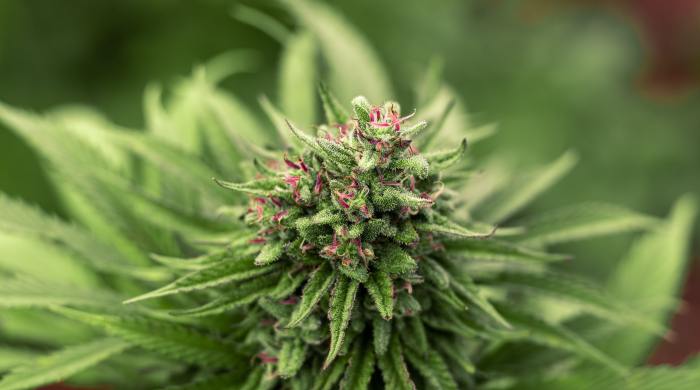
CBD flowers are the dried buds of the Cannabis sativa plant, specifically selected for their low THC content. Unlike marijuana, which is rich in THC, CBD flowers contain less than 0.3% THC, making them non-psychoactive.
These flowers are packed with cannabinoids and terpenes, which contribute to the entourage effect, enhancing the overall therapeutic benefits. Each strain of CBD flower has a unique profile, offering different aromas, flavors, and effects.
Some strains may be more relaxing, while others can be uplifting, providing a natural and holistic approach to wellness.
CBD flowers are favored by those who prefer a natural product that has not been heavily processed, retaining the full spectrum of beneficial compounds found in the hemp plant.
What is CBD Oil?
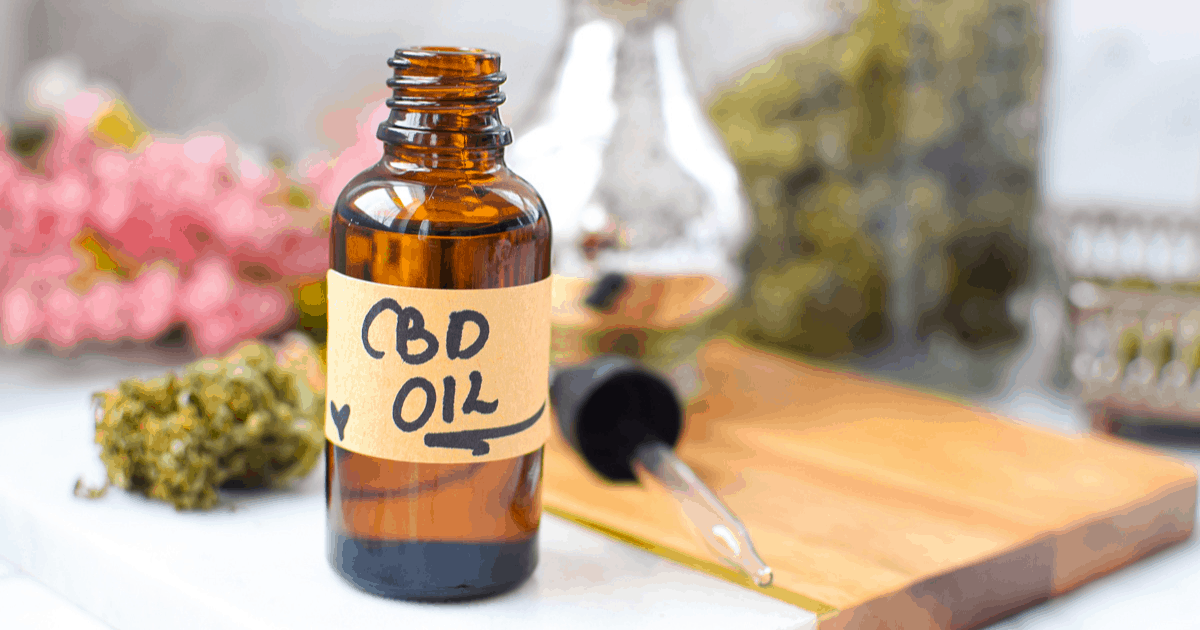
CBD oil is a concentrated extract derived from the hemp plant, typically mixed with a carrier oil such as hemp seed oil, coconut oil, or MCT oil.
This oil can be found in various forms, including CBD isolate, broad-spectrum, and full-spectrum. CBD isolate contains pure cannabidiol without any other cannabinoids or terpenes, while broad-spectrum oil includes multiple cannabinoids and terpenes but no THC.
Full-spectrum cannabidiol oil contains a full range of cannabinoids, terpenes, and flavonoids, with THC levels kept below 0.3%. The extraction process ensures that cannabidiol oil is potent and free from impurities.
CBD oil is highly versatile, used in edibles, capsules, tinctures, and topical applications, making it a popular choice for those seeking the benefits of cannabidiol in a convenient and controlled form.
Methods of Consumption
CBD flowers and CBD oil offer distinct methods of consumption. CBD flowers are commonly smoked or vaped, providing immediate effects. Smoking involves rolling the dried flower into a cigarette, while vaping uses a dry herb vaporizer.
Both methods allow the cannabinoids to enter the bloodstream quickly through the lungs. CBD flowers can be used in cooking and baking, or infused into teas. On the other hand, cannabidiol oil is typically consumed orally.
It can be taken sublingually, where a few drops are placed under the tongue for quick absorption, or ingested in capsules, gummies, or beverages. CBD oil can also be applied topically, and incorporated into lotions, balms, and creams for targeted relief. Each method has its advantages, depending on the desired effect and personal preferences.
Onset and Duration of Effects
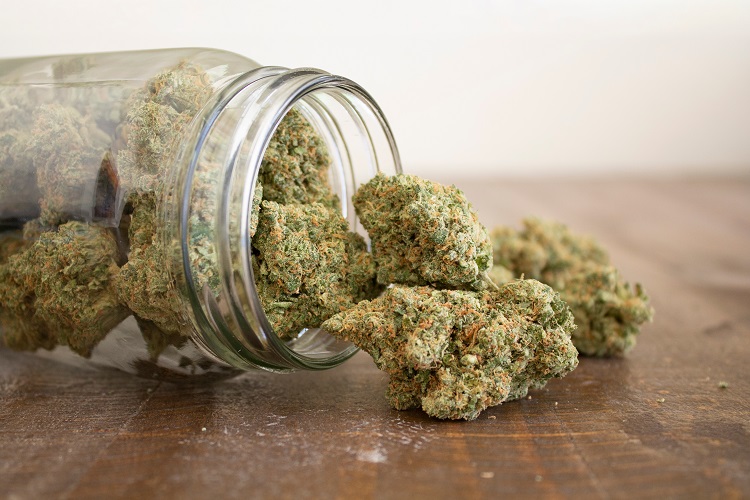
The onset and duration of effects vary significantly between CBD flowers and CBD oil. When using CBD flowers, the effects are almost immediate, usually felt within minutes of inhalation. This quick onset is due to the rapid absorption of cannabinoids through the lungs.
However, the effects of CBD flowers are relatively short-lived, typically lasting about one to two hours. In contrast, cannabidiol oil has a slower onset, especially when taken orally. It may take 30 minutes to an hour to feel the effects as the oil is absorbed through the digestive system.
Despite the slower onset, the effects of CBD oil are longer-lasting, often persisting for four to six hours or more. This makes cannabidiol oil a preferred choice for those seeking sustained relief throughout the day.
Bioavailability
Bioavailability refers to the proportion of CBD that enters the bloodstream when a product is consumed and is available for use by the body. CBD flowers have higher bioavailability compared to CBD oil when smoked or vaped, with rates around 31%.
This high bioavailability is due to the direct entry of cannabinoids into the bloodstream through the lungs. Conversely, the bioavailability of CBD oil varies depending on the method of consumption.
Sublingual administration, where the oil is held under the tongue, offers a bioavailability of 13-19%, as the CBD bypasses the digestive system and enters the bloodstream directly. When ingested, the bioavailability of cannabidiol oil drops to 6-15%, as it must pass through the digestive system and liver, where some of the CBD is lost through metabolism.
Legal Status
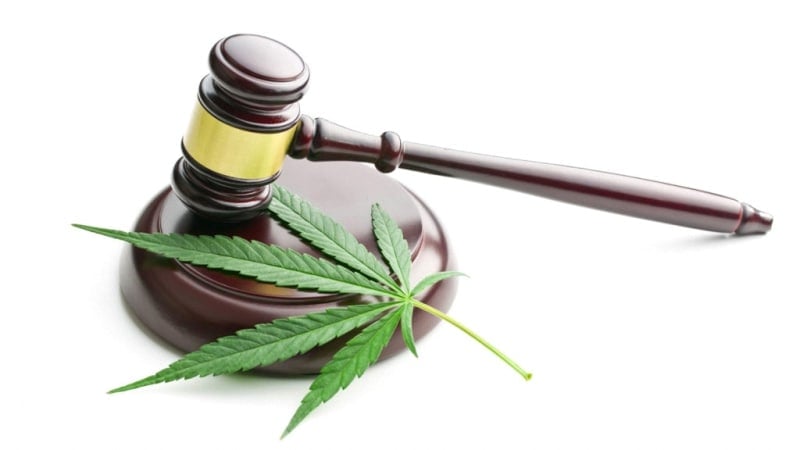
The legal status of CBD flowers and CBD oil differs significantly across countries and regions. CBD flowers often face stricter regulations due to their resemblance to marijuana. In many places, the sale and possession of CBD flowers are illegal, even if they contain less than the legal limit of THC.
This is primarily because law enforcement agencies find it challenging to distinguish between CBD flowers and marijuana. On the other hand, cannabidiol oil is generally more accepted and regulated. Most countries allow the sale and use of CBD oil, provided it meets specific criteria, such as low THC content and being derived from hemp.
For example, in the UK, CBD oil must contain less than 0.2% THC and be extracted from approved industrial hemp strains. Understanding the legal status is crucial for ensuring compliance and avoiding legal issues.
Advantages and Disadvantages
CBD flowers and CBD oil each have their own set of advantages and disadvantages. CBD flowers provide immediate relief due to the rapid onset of effects when smoked or vaped.
They offer the full spectrum of cannabinoids and terpenes, enhancing the entourage effect.
However, the effects are short-lived, and there are health concerns associated with inhaling smoke or vapor.
The legal status of cannabidiol flowers can be problematic. In contrast, CBD oil provides longer-lasting effects and is more versatile, with various consumption methods available. It is easier to control the dosage with CBD oil, and it generally has a more favorable legal status.
However, the onset of effects is slower, and some users may find the taste unappealing.
The cost of high-quality CBD oil can also be a disadvantage for some consumers.
Potential Health Benefits
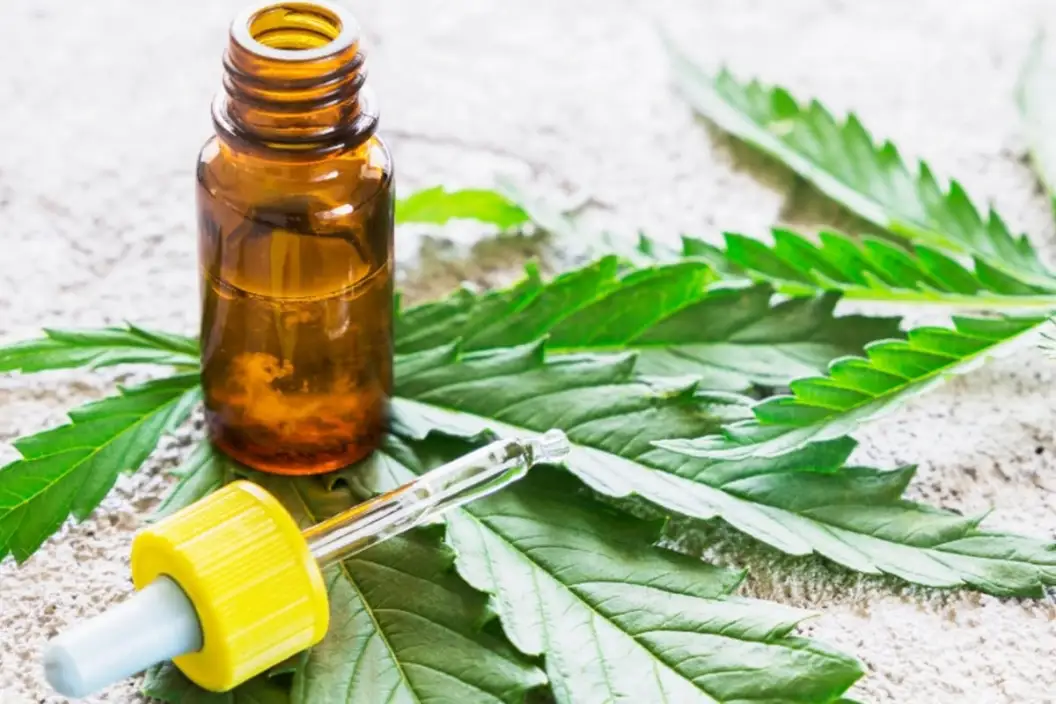
Both CBD flowers and cannabidiol oil are known for their potential health benefits, which stem from their interaction with the endocannabinoid system (ECS). The ECS plays a crucial role in maintaining homeostasis in the body, regulating functions such as mood, pain, inflammation, and sleep.
CBD can help alleviate chronic pain, reduce anxiety and stress, improve sleep quality, and provide anti-inflammatory effects.
Flowers, with their full spectrum of cannabinoids and terpenes, may offer enhanced benefits through the entourage effect. cannabidiol oil, particularly full-spectrum and broad-spectrum varieties, also provide comprehensive support for the ECS.
Oil’s versatility allows for targeted applications, such as topical creams for skin conditions. While research is ongoing, many users report significant improvements in their overall well-being with both CBD flowers and CBD oil.
Considerations for Choosing Between Flowers and Oil
Choosing between CBD flowers and CBD oil depends on several factors, including personal preferences, lifestyle, and specific health needs. If immediate relief is desired, CBD flowers might be the better option due to their quick onset of effects.
However, those concerned about the potential health risks of smoking or vaping may prefer CBD oil. Cannabidiol oil is also more discreet and convenient for on-the-go use, with precise dosage control. Legal considerations are also crucial, as CBD oil is generally more widely accepted and regulated compared to flowers.
The desired duration of effects plays a role; CBD oil offers longer-lasting relief, making it suitable for sustained benefits throughout the day. Ultimately, it may be beneficial to try both forms and determine which works best for individual needs and preferences.
Summary
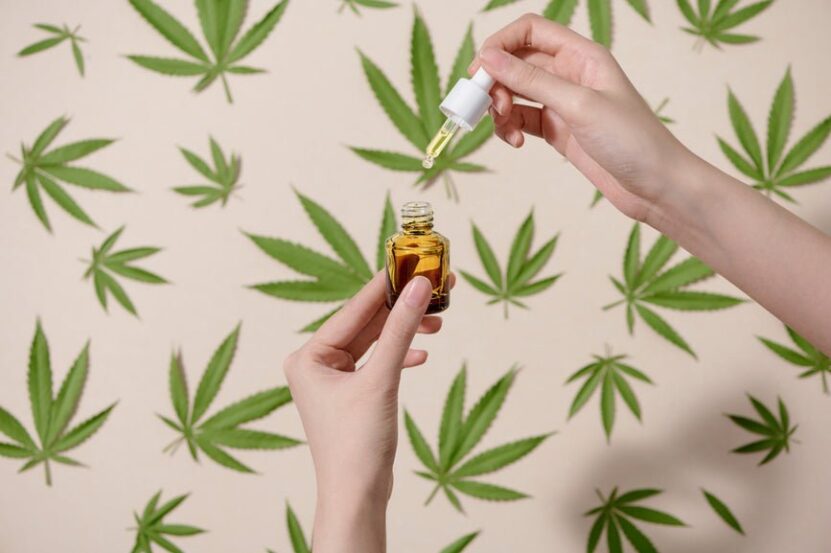
Both CBD flowers and CBD oil offer unique benefits and potential health advantages. The choice between them depends on personal preferences, desired effects, and legal considerations. Exploring both options can help determine which form of CBD best suits individual needs and lifestyle.
